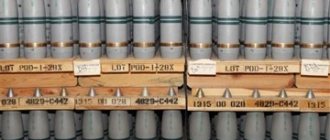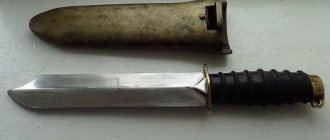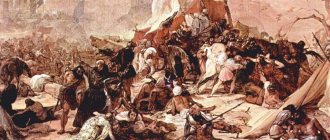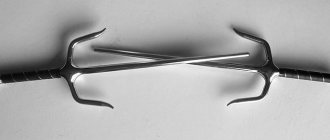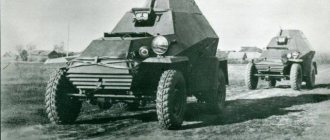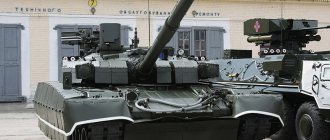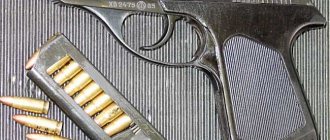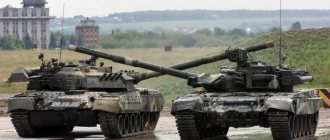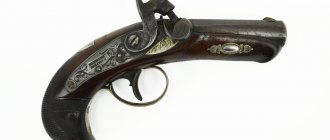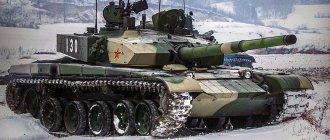Car class
As a rule, the car market is divided into 9 classes.
- A class – microcars.
- B – small car.
- C – middle class.
- D is a large family car.
- E – business class.
- F – executive cars.
- J – SUV, off-road vehicles.
- M – minivans.
- S – sports coupe.
There is also a purely marketing GT class, which means that the car is designed specifically for long-distance travel (there is also a category of GT racing cars).
What do the main technical parameters of motorcycles mean?
In order to have an idea of how a bike can behave during any ride, you need to familiarize yourself with what its main indicators mean and what they influence. There are several technical parameters that are the most significant:
Horsepower
For many motorcyclists, the speed qualities of any motorcycle device play a big role. They depend on engine power. The number of horsepower refers to the power of the engine.
Motor type
Motors today are used in various sizes. Newer models use engines with a volume of more than three hundred cubic meters.
Torque
This indicator is a designation of how many revolutions the engine makes in a certain amount of time. This largely determines how long it will take for the motorcycle to reach its maximum speed.
Transmission
This indicator is used to determine whether the device automatically switches speeds, or whether it must be done manually. Transmissions can be automatic or manual.
Available methods for quality control of power cable VVGng-FRLS
Control methods are presented that, while not strictly complying with GOST, allow preliminary conclusions to be drawn about the quality of the cable if the measured values differ significantly from the regulated ones. The final conclusion about the cable's compliance with GOST can be made only after testing the cable in a specialized laboratory using strict methods and in the volumes specified in the standard.
Visual inspection. The following can be checked: the number and color of the cores, the number of wires in the core, the integrity of the insulation and sheath and the ease (without damage) of their separation.
Measuring structural dimensions. Can be checked using suitable measuring instruments: insulation and sheath thickness. Measuring the diameter of the wires dpr and calculating the cross-section of the core using the formula 0.785dpr2N (where N is the number of wires in the core) is not a strict method for controlling the cross-section of the cores, because confirmation of cross-section compliance is electrical resistance, however, a significant deviation of the calculated cross-section from the nominal (more than 10%) may serve as a basis for doubts about the quality.
Measuring the electrical resistance of current-carrying conductors. It can be carried out on a finished cable with an ohmmeter with a suitable measurement limit (for cables with a small cross-section at a normal length in a coil or on a drum it can be several Ohms) and recalculated to a length of 1 km. If the cable has twisted cores, the obtained values should be reduced by 1.02 times. Particular attention should be paid to making good contact with the test leads.
Winding test after exposure at low temperature. If you have a large freezer compartment of a household refrigerator with temperatures down to -15°C, you can check the quality of the cable sheath with an outer diameter of up to 20 mm. To do this, a piece of cable approximately 1.2 m long, rolled for compactness into a ring with a diameter of at least 40 cm, is placed in the freezer for 45 minutes, after which it is removed from the chamber and, in no more than 5 minutes, is wound onto the cylinder (drum) in a full turn first in one direction, then in the opposite direction. The material of the cylinder (drum) can be any - wood, plastic, metal. The diameter of the cylinder (drum) should be 15(Dн + d) ±5%, where Dн is the outer diameter of the cable in mm (for flat sheath thickness), d is the diameter of any of the main insulated cores in mm. A high-quality shell should not have cracks or tears.
Technical characteristics of power cable VVGng-FRLS
The conductors must be single-wire or multi-wire. Conductors up to 16 mm2 are made only single-wire, over 16 mm2 can also be multi-wire, i.e. twisted from individual wires (number of wires: at least 7 for sections 16, 25 and 35 mm2; at least 19 for sections 50, 70 and 95 mm2).
The conductors must be insulated and have a distinctive color. The insulation of the neutral conductors should be blue (light blue).
The insulation of the grounding conductors must be two-color (green-yellow).
The color marking must be continuous or in the form of a longitudinal stripe with a width of at least 1 mm. Digital marking of cores is also allowed.
Insulated cable cores must be twisted, the empty space between the twisted insulated cores must be filled with bundles or a mixture of insulating materials.
The sheath must be applied in such a way that it can be easily separated from the core insulation. To do this, a Mylar tape can be laid between the core insulation and the sheath. The shell color is predominantly black.
Cables with sector conductors can be manufactured without filling.
Two-core and three-core cables with cores with a cross-section of up to 16 mm2 inclusive can have insulated cores laid in the same plane - flat cables. In this case, the letter “P” is added to the designation of the VVGng-FRLS cable, separated by a hyphen: example: VVGng-FRLS-P.
It is allowed to twist insulated cable cores for voltages up to 1 kV inclusive, changing the direction of twisting.
Conditions for installation and operation of the VVGng-FRLS power cable
The VVGng-FRLS cable is manufactured for use at industrial facilities and residential buildings, as well as for use at nuclear power plants (NPS), provided that it is laid outside the containment zone in AC electrical systems of class 2 according to OPB 88/97 classification (PNAE G - 01-011) Cables can be laid in structures with very high fire safety requirements, as well as in explosive zones of all classes, with the exception of class B-1 zones. The materials used in the sheath and insulation of the VVGng-FRLS cable are fire-resistant and do not emit harmful substances. As a result of using cables with the FRLS index, maximum conditions are provided to ensure the safety of people and equipment in the event of a fire.
The cables are designed for group installation and can withstand open fire. The cables are used for use in stationary installations. It is not recommended to use for laying in the ground.
The cables are intended for operation in ambient temperatures from +50°С to -50°С, relative air humidity up to 98% at temperatures up to 35°С.
Can be laid without preheating at a temperature not lower than -15°C. The minimum bending radius during installation must be at least 7.5 times the outer diameter of the cable
Body
Next comes the body. Bodies are open and closed. The most popular closed body is the sedan. The sedan comes not only with four doors, but also with two doors, which often leads to confusion with the coupe.
A sedan has two rows of seats for the driver and passengers, and all of them are full. A coupe usually has two doors (an example of a four-door coupe is the Mazda RX-8), but the main thing is a defective or absent rear row.
A station wagon is practically the same sedan, only there is a cargo compartment in the back instead of the usual trunk. A station wagon can be confused with a hatchback, which is shorter and smaller. In addition, there is a type of hatchback - a liftback (a hatchback with a long overhang and usually a sloping roof).
These are only the main varieties, because there are also limousines, minivans, minibuses, hardtops, town cars, combis, frame and frameless SUVs, SUVs, pickups, roadsters, chaises, convertibles, landaulets, brogams, targas, spiders and fastbacks.
Before purchasing, it would not hurt to understand the distinctive features of the car you are purchasing and its advantages.
Functions and materials of manufacture
High-quality tactical sneakers have a carefully thought-out design, each detail of which is responsible for specific options. Their upper part is made from soft, durable and elastic natural or artificial materials. It can be leather and eco-leather, nylon, textiles. Sometimes manufacturers combine several types of products at once. The main task of the upper part of the sneakers is to protect the lower extremities from injury, cold, dust, moisture and support them during lifting and other loads.
The sole acts as a shock absorber. It has an optimal balance of rigidity and flexibility. Its function is to control the movement of the feet. The outsole is made of rubber and has a non-uniform surface, which eliminates the risk of slipping.
The toe and heel of tactical sneakers are reinforced. For this, polyurethane and other high-tech materials are used. The inner part of the heel is equipped with a stabilizer. This structure ensures that the correct position of the legs is maintained during any tricks.
